The days may be growing shorter, but the list of lawn and garden chores only seems to grow longer in fall. Take care of these tasks before winter.

Is Your Lawn Ready for Winter? Here’s What To Do

You’ve worked on and enjoyed your yard all summer, and now it’s almost time to give it a rest. But before you do, these last chores of the season will set up your lawn and garden for optimal success when the warmth of spring returns. Here’s how to winterize a yard.
After you’re done here, also learn how to winterize your garden.
On This Page
Aerate the Lawn
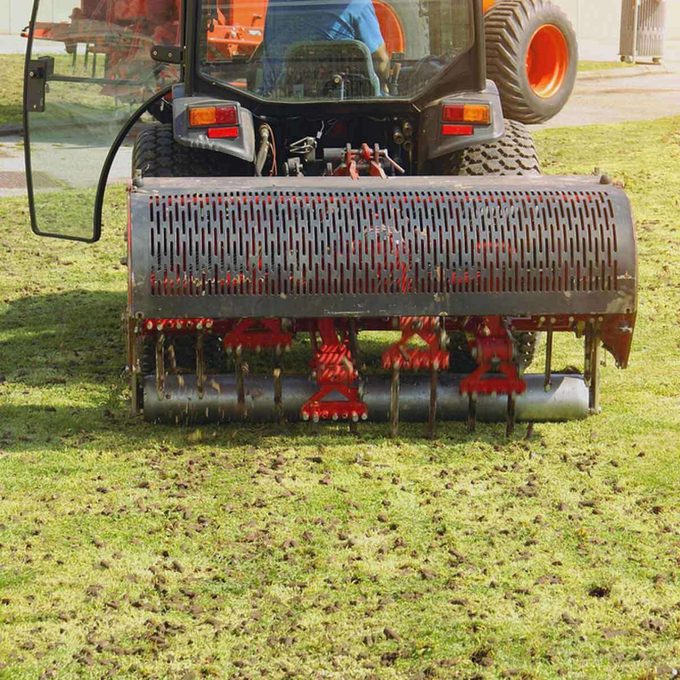
Aerating the lawn is useful at any time of year, but particularly in fall because it compensates for all the foot traffic the grass endures over the summer. Besides dealing with soil compaction, aeration makes it easier for fall rains to penetrate thatch and for oxygen to reach plant roots.
Fertilize the Lawn
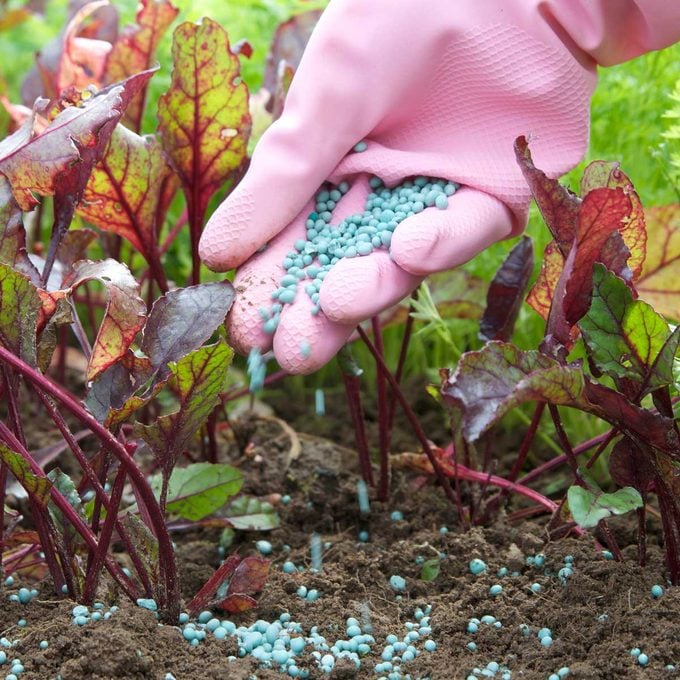
A fall fertilizing routine can be helpful to your lawn, replenishing grass after summer drought and damage and promoting root growth for a quick start in spring. It’s an essential step when you winterize your yard. If you use a weed and feed formula, it will also cut down on weeds, allowing grass the room it needs to thicken up.
Mow One Last Time
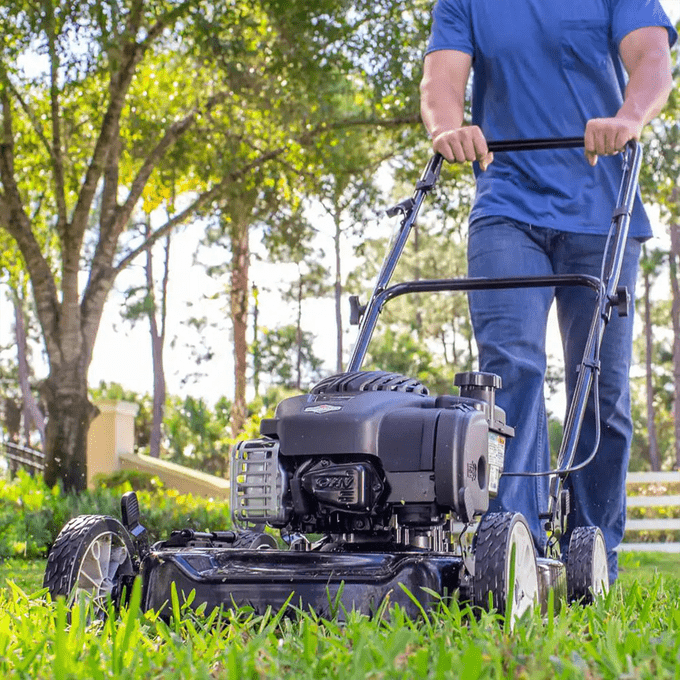
While you won’t have to do it as frequently as in summer, mowing is still necessary in fall, if for no other reason than to clear leaves and debris that can smother the grass. A late-season mowing is important for another reason: It prevents long grass from matting down over winter and being more susceptible to turf diseases like snow mold.
Rake the Lawn
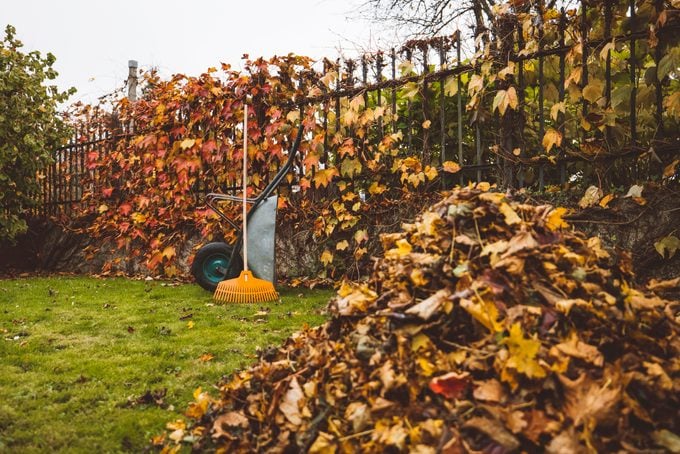
This may seem like a thankless task now, but your lawn will thank you in the spring when it bounces back. You can use a leaf blower or mulching mower to make things easier. But a good, stiff raking will help remove dead grass buildup that can lead to smothering thatch.
DON’T Rake the Garden
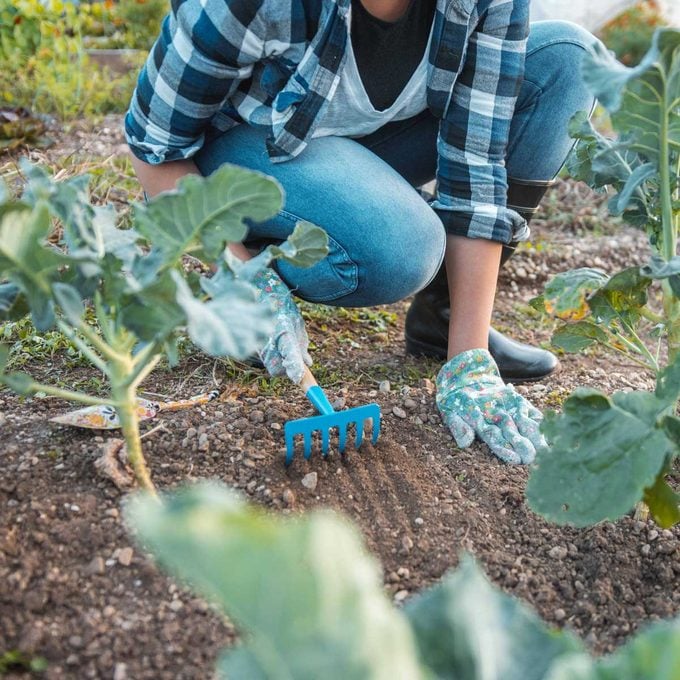
Leaves make a great mulch, particularly if they’re shredded and not as likely to blow away. However, for the sake of overwintering butterflies and butterfly larvae, try to keep some leaves intact and undisturbed. If you have extra leaves, use them to mulch rose bushes (remove them in spring) and the vegetable garden (dig them into the soil in spring).
Seed Bare Spots
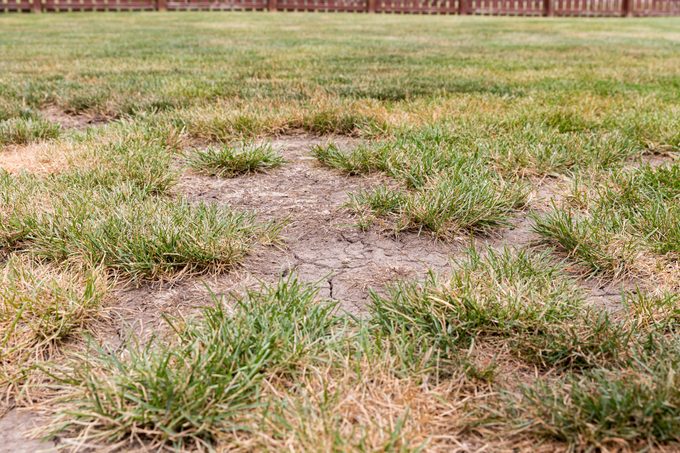
Cooler temperatures and more abundant moisture make fall a good time to seed bare and thin spots. If you are planning to seed at the same time you fertilize, use a starter fertilizer, not a weed-and-feed product.
Remove Dead Plants

After the first killing frost, remove dead plant material from the ornamental and vegetable gardens. Compost dead material from the ornamental garden, but dispose of vegetable debris in the trash to avoid overwintering pests or diseases.
Cut Back (Some) Perennials
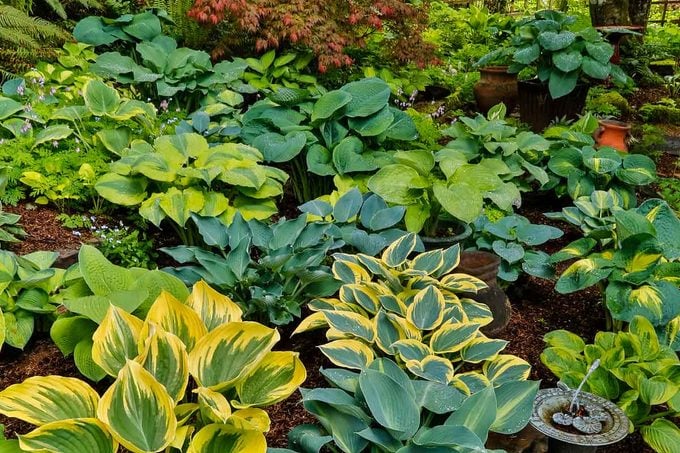
Cut floppy perennials such as hostas back to the ground once the top portion dies. Allow upright perennials with rigid stems, such as sedum and rudbeckia, to remain for winter interest and to feed wildlife. Cut back to the ground in early spring.
Sow a Cover Crop
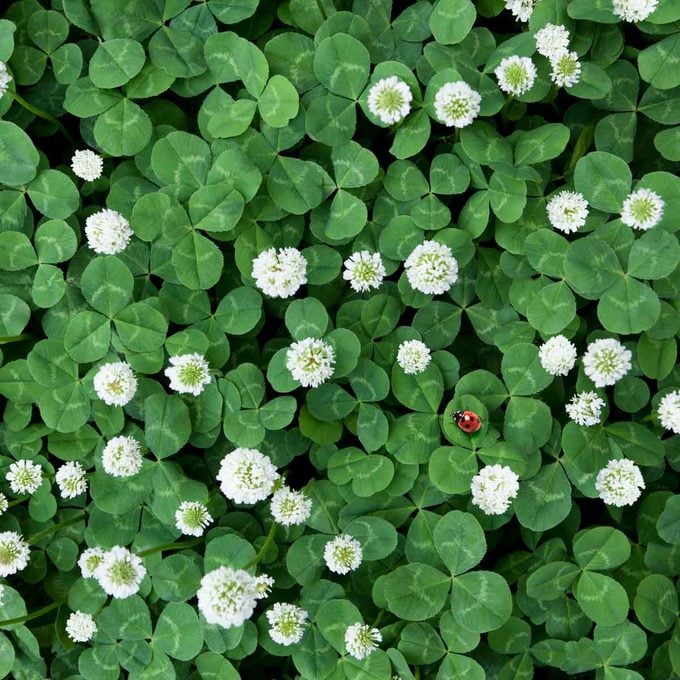
Cover crops are quick to sprout and mature. They’re also called green manure because they eventually turn over and decompose so their remains replenish the soil. Popular crops include barley, clover, millet and rye.
Protect Trees From Temperature Fluctuation
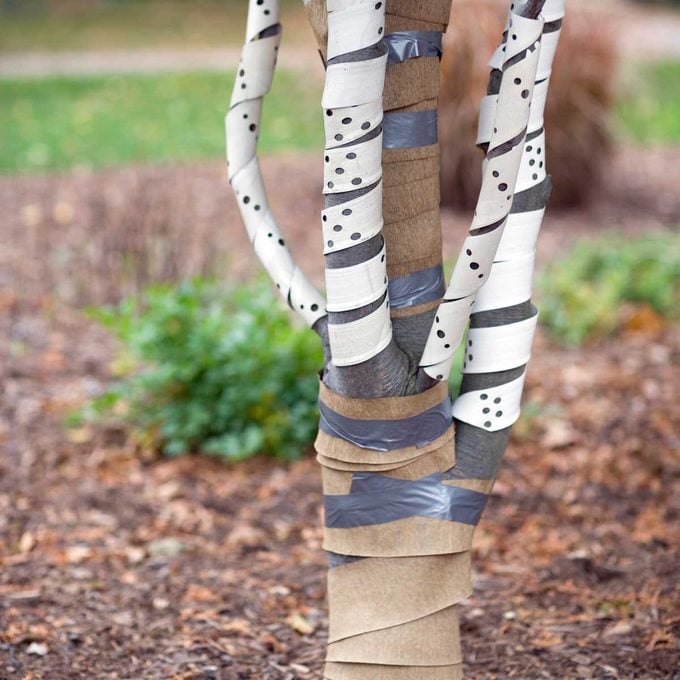
Don’t forget your trees when it’s time to winterize your yard! Where winters are cold, use tree wrap to protect the trunks with thin bark, such as young maples. They’re susceptible to southwest injury, a phenomenon that occurs when the sap thaws on a sunny winter day, then quickly re-freezes at night, cracking the trunk. The damage is unsightly and can lead to insect infestation in subsequent years.
Protect Evergreens From Desiccation
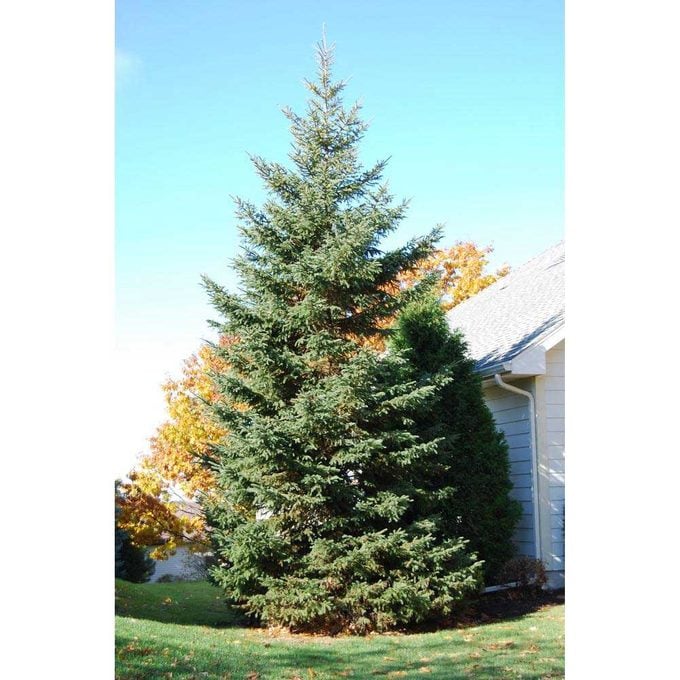
While leaf-losing plants go dormant, evergreens continue to transpire in winter. This makes them more susceptible to drying out, particularly if they’re already water stressed. Keep evergreens well watered until the ground freezes. Consider wrapping in burlap or spraying with an anti-desiccant.
Protect Plants From Animals
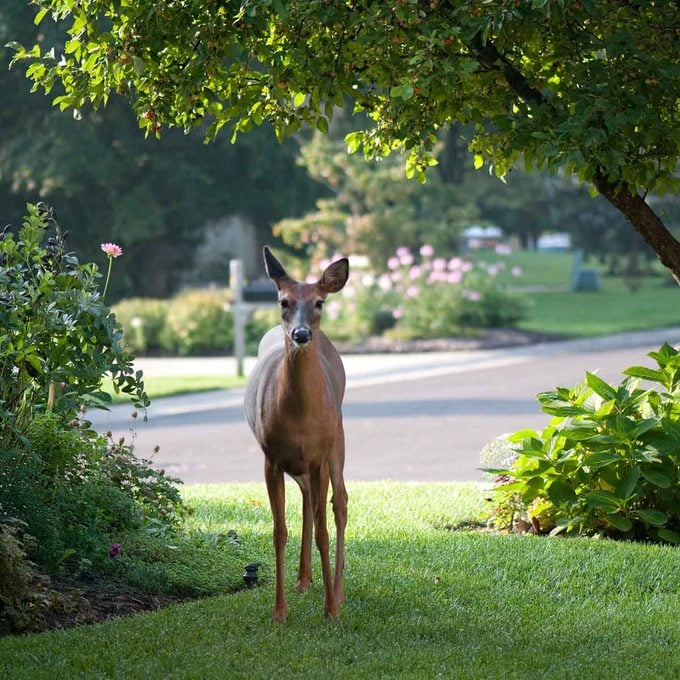
Some woody plants are also susceptible to deer browsing or rabbit gnawing in winter. These animals turn to your plants when they’re hungry and can’t find other sources of food. Most plants will bounce back, but you might want to protect prized plants like Japanese maples with temporary fencing, or by spraying with an animal repellent.
Protect Plants From People
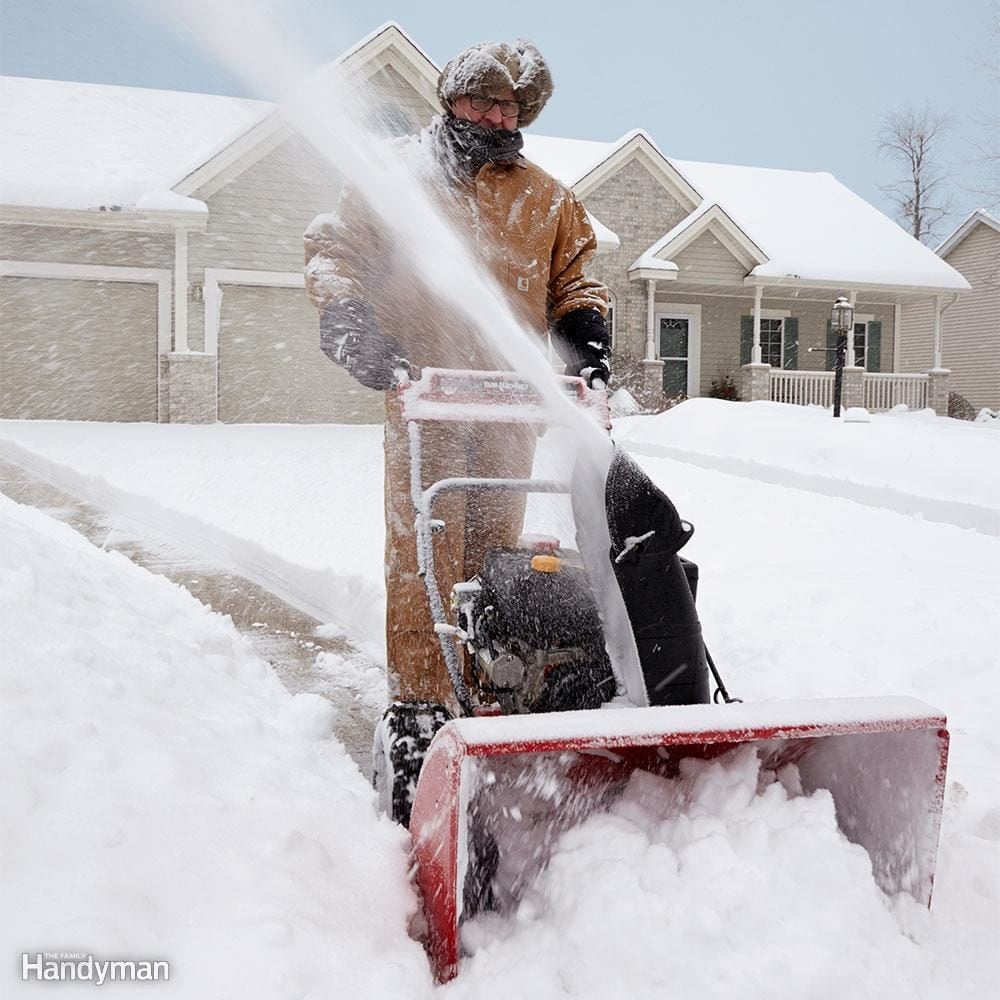
If you live where it snows, mark off the boundaries of the garden near paths, sidewalks and driveways to avoid accidental damage when shoveling or snowblowing. Also, avoid using de-icing salt near prized plants. Try a salt-free formula or substitute sand. If you do use salt, douse nearby plants with water in the spring if rain is lacking.
Clean and Store Tools
As the season comes to a close, give your tools a good cleaning. Allow them to dry, then wipe down with linseed oil before storing them in a shed or garage.


















